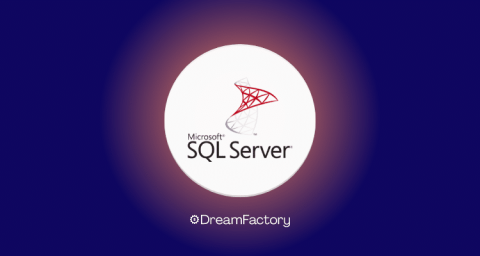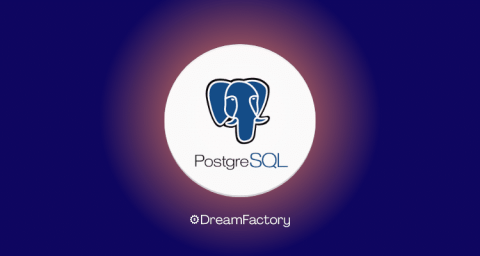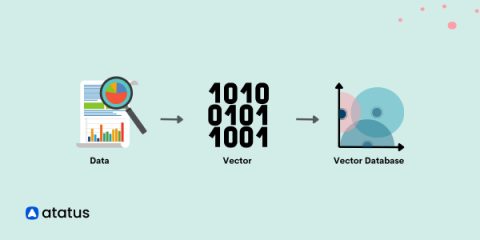Systems | Development | Analytics | API | Testing
Databases
MySQL is the most popular open-source and free database in the world because it is powerful, flexible, and extremely reliable. But when it comes to data analytics, many companies turn to Amazon Redshift to complement MySQL. There are several ways to replicate your MySQL data to Redshift. But first, let’s dig a little deeper into why you should replicate your MySQL database to Redshift.
Creating an Oracle API in Minutes with DreamFactory
Handwriting code for database APIs can be a time consuming and expensive process that often exposes organizations to a variety of risks relating to quality, consistency, and developer effort. DreamFactory specialises in REST API generation for a range of databases that gives you the ability to generate a secure, fully documented API in minutes.
Creating an IBM DB2 API in Minutes with DreamFactory
Handwriting code for database APIs can be a time consuming and expensive process that often exposes organizations to a variety of risks relating to quality, consistency, and developer effort. DreamFactory specializes in REST API generation for a range of databases that gives you the ability to generate a secure, fully documented API in minutes.
How to Create a MySQL REST API in Minutes
According to StackOverflow’s 2022 survey, 46% of professional developers rate MySQL as the most popular database to use in the workspace. As programmers, we should not be bothered with repeatedly writing code which is otherwise readily available, robust, and well-tested. Yet this problem remains persistent in the REST API space, despite the implementation process being by this point in time rote, repetitive, and prone to error and oversight. This oversight is costly for several reasons.
Database Sync: Diving Deeper into Qlik and Talend Data Integration and Quality Scenarios
A few weeks ago, I wrote a post summarizing "Seven Data Integration and Quality Scenarios for Qlik | Talend," but ever since, folks have asked if I could explain a little deeper. I'm always happy to oblige my reader (you know who you are), so let's start with the first scenario: Database-to-database Synchronization.
Creating a SQL Server API in Minutes with DreamFactory
Handwriting code for database APIs can be a time consuming and expensive process that often exposes organizations to a variety of risks relating to quality, consistency, and developer effort. DreamFactory specializes in REST API generation for a range of databases that gives you the ability to generate a secure, fully documented API in minutes.
Creating a MongoDB API in Minutes with DreamFactory
Handwriting code for database APIs can be a time consuming and expensive process that often exposes organizations to a variety of risks relating to quality, consistency, and developer effort. DreamFactory specialises in REST API generation for a range of databases that gives you the ability to generate a secure, fully documented API in minutes.
Creating a PostgreSQL API in Minutes with DreamFactory
Handwriting code for database APIs can be a time consuming and expensive process that often exposes organizations to a variety of risks relating to quality, consistency, and developer effort. DreamFactory specialises in REST API generation for a range of databases that gives you the ability to generate a secure, fully documented API in minutes.
Optimize Data Processing with Vector Databases
Welcome to the world of vector databases, where data storage and retrieval take on a whole new dimension! Let's start with the basics. In a vector database, data points are represented as multi-dimensional vectors, where each dimension captures a specific feature or attribute of the data. These vectors encode the essence of the data, allowing for efficient analysis, comparison, and retrieval.
Application development with Cloudera Operational Database
In this demo, we’ll cover Cloudera Operational Database and look at it as a backend for an automotive parts inventory application used by dealers and garages to check availability and allow them to purchase or return parts.











